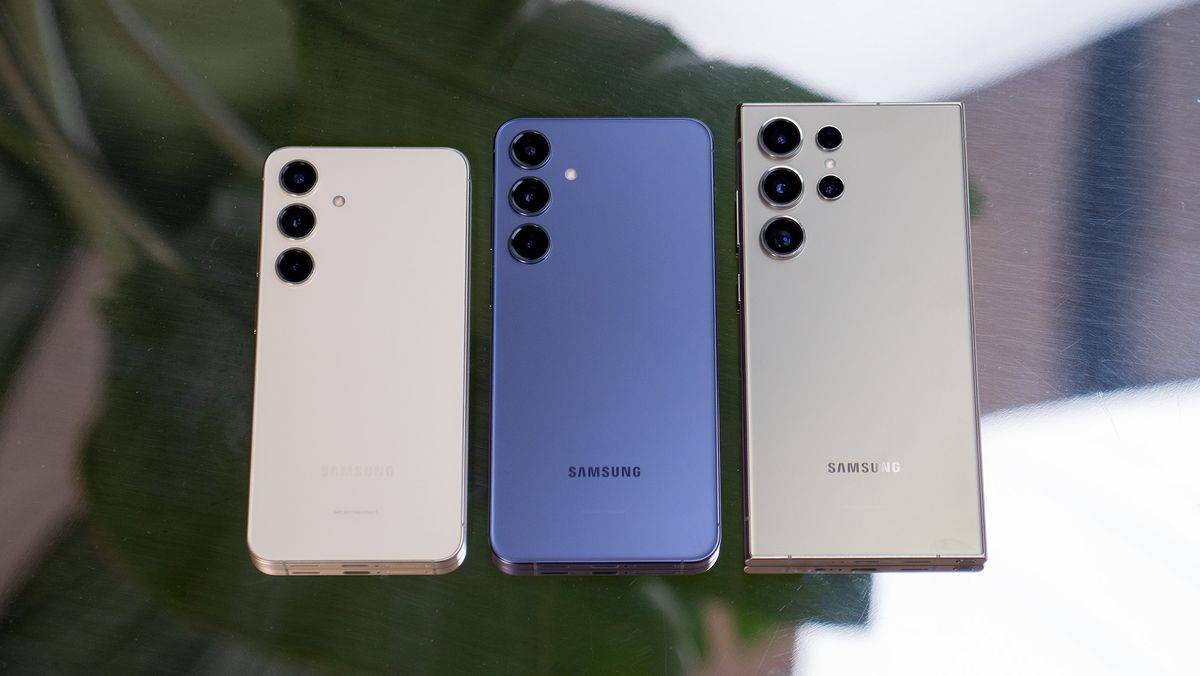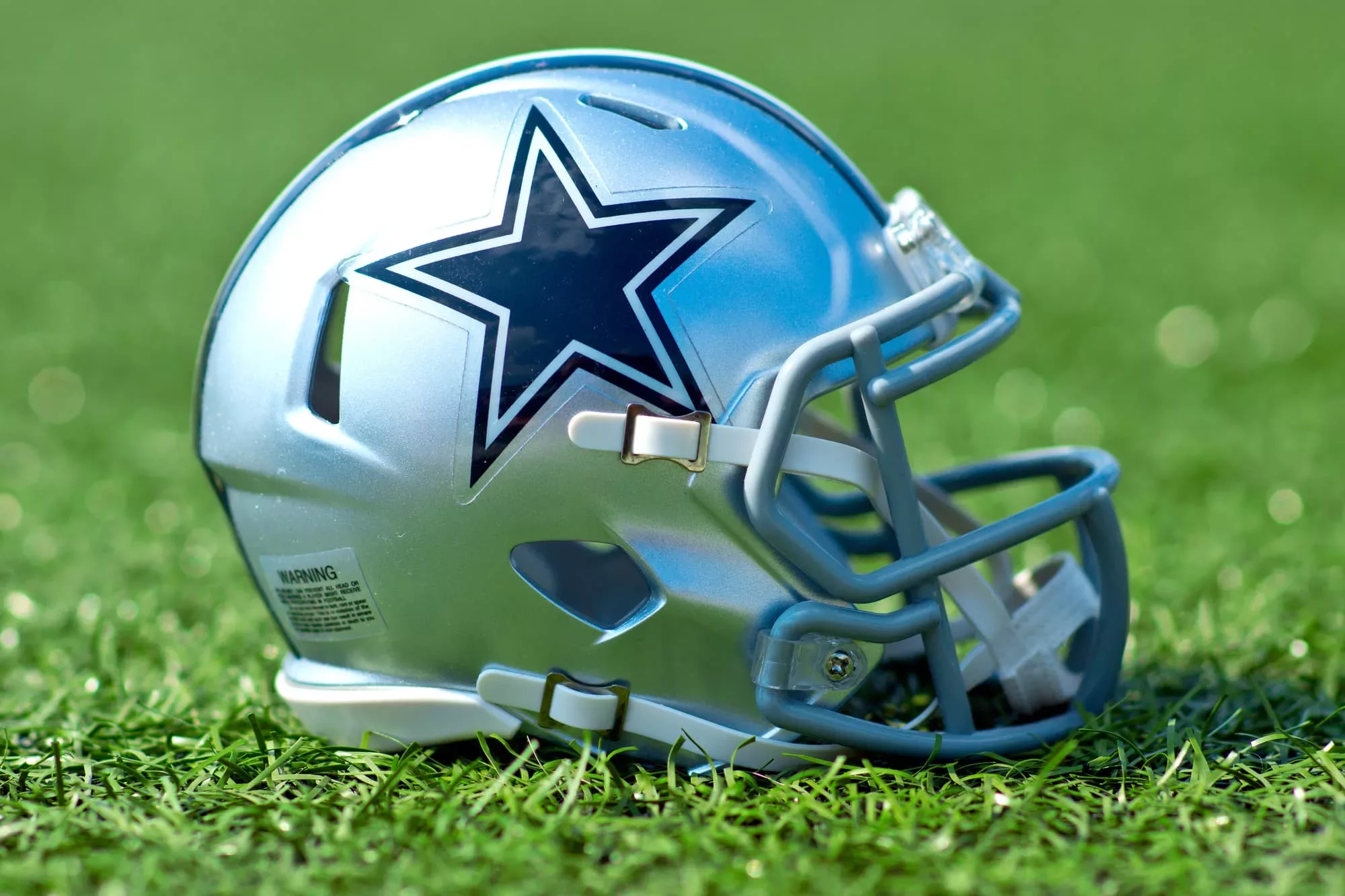So inflation might have finally peaked.
It was literally zero last month, as the Consumer Price Index (CPI) from the Bureau of Labor Statistics (BLS) showed that prices were unchanged from July to August, finally surprising economists to the downside, instead of the upside. In other words, economists have been consistently wrong on how bad inflation would get, except last month they thought it would be worse.
So will you be able to afford stuff again soon? Not so fast, one of those economists says.
After reaching a four-decade peak of 9.1% in June (the latest of several such 40-year highs), headline inflation fell to 8.5% in July—largely thanks to the plummeting price of gasoline. Core inflation, which doesn’t factor in the less predictable ups and downs of food and energy markets, revealed its smallest increase in months, climbing just 0.3% since June.
A Goldman Sachs team led by chief economist Jan Hatzius crunched the data and says don’t expect core inflation to come down much from here.
They laid out four reasons why “downward pressure on goods prices will be more limited than hoped in the near term.”
Bigger drops will have to wait until next year
“Improving supply chains, falling commodity prices, and bloated inventories at retailers who over-ordered after experiencing extremely high demand last year have provided hope that a long-elusive disinflationary impulse from core goods prices might finally arrive,” wrote Hatzius’ team.
The first reason these hopes may be misplaced, they said, is that the price of cars, which make up a significant portion of core CPI, will likely stay high for months.
For the last year, global supply chain problems and an increase in demand have inflated both used and new car prices. Inventories are likely to be “extremely depressed” for the rest of this year, wrote the team, with production problems and high demand continuing.
The second reason is the way excess inventory is factored into core CPI. While discounts at retail locations might seem like an obvious force for disinflation, they will hardly have any impact on prices at all, according to Goldman.
Following the pandemic’s surge in demand for consumer goods, many retailers overstocked their inventories in an amount that Goldman estimates currently represents $20 billion—a number that translates to just 3% of annual retail spending and 0.5% of total core goods spending.
If all that excess inventory were put on sale at a markdown of 20%, according to Goldman, it would only translate to 0.1% of downward pressure on inflation.
The third reason, according to Goldman, is that discounting won’t have any direct impact on inflation, but will work instead as an offset since many retailers are still announcing inflation-driven increases. “We do, however, continue to expect the strong dollar and easing supply-chain constraints to weigh on import prices later this year, and in turn on consumer goods prices by the first half of 2023,” the bank added.
The fourth reason that core inflation won’t fall dramatically this year is that the changes that consumers have made in their shopping behaviors, like switching to cheaper brands or pivoting to dollar stores to get their essentials, is not reflected in the BLS’s data, creating phenomena known as substitution and outlet bias.
“These biases caused inflation to be understated earlier in the pandemic—when generous fiscal support and constraints on spending opportunities made consumers more willing to buy premium brands and shop at full-price retailers,” wrote Goldman. “But [they] will cause inflation to be overstated now and in coming months.”
In its note, Goldman includes predictions for what inflation will look like over the next year, referencing the Bureau of Economic Analysis’s (BEA) Personal Consumption Expenditures price index (PCE), which tracks consumer spending.
Goldman estimates that core PCE inflation will sit at 4.5% year over year in December. As of June, core PCE inflation is currently at 4.8%. “A more sizable disinflationary impulse from core goods will likely have to wait until 2023,” wrote Goldman.
Sign up for the Fortune Features email list so you don’t miss our biggest features, exclusive interviews, and investigations.





















Discussion about this post